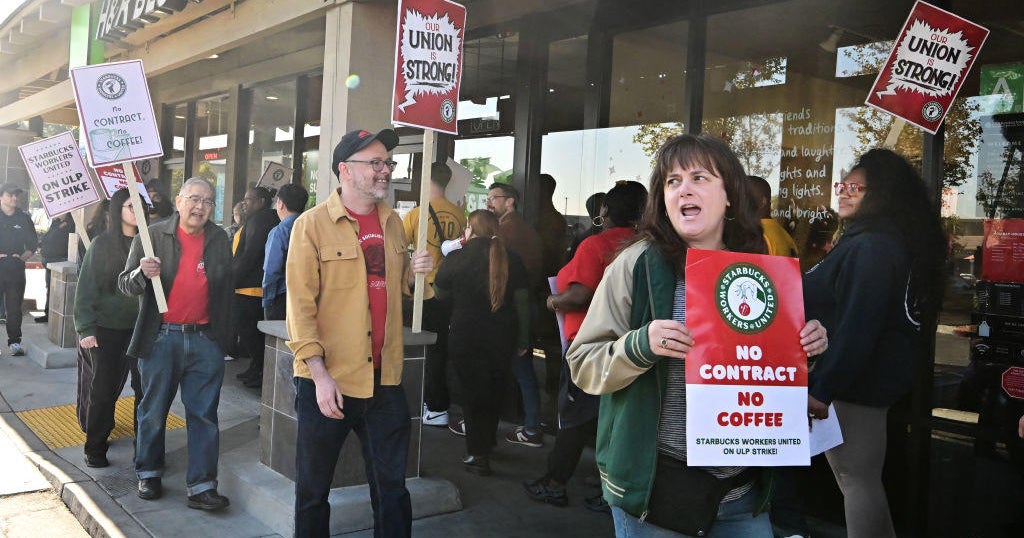How retailers entice you to fill your shopping cart
Ever go into a retail store intending to buy one item and come out with a cart full of things you didn't realize you need?
Psychologist Moe Gelbert calls it the "Target effect" -- stores observe shoppers' behavior and figure out ways to entice consumers based on their findings.
"It's not snake-oil salesmen. It is science about people's motivation, their perception, their needs, their sometimes insecurity," Gelbert told KCBS reporter Jo Kown.
Tactics include things like placement of certain items--grouping displays so shoppers will purchase a set instead of just one piece, for example.
Another taps into desires for deals with signage and coupons. Stores try to "give you the perception that you're getting a bargain. Something is $9.99 versus $10. Or something is 50 percent off," Gelbert says.
With consumer confidence at an 18-year high, stores are looking to take advantage of the strengthening economy and upbeat jobs outlook."There's no doubt that, like others, we're currently benefiting from a very strong consumer environment, perhaps the strongest I've seen in my career," Target CEO Brian Cornell told investors recently. Target saw sales at established stores post the strongest growth in 13 years. Customer numbers in stores and online had their best showing since at least 2008.
Many stores are also catering better to time-conscious shoppers, with delivery and pickup services that utilize their store networks, the Associated Press reported.
Walmart, for example, has curbside grocery pickup at 1,800 stores, and is expanding its pickup towers, which serve up items ordered online within seconds. Target says it's reduced the wait time for curbside pickup to 2 minutes.
It can be very enticing to consumers looking to grab and go quickly--but you may end up overbuying. So how can you avoid the Target effect?
Gelbert said to pause and do the math.
"Take a breath and say, Do I really need this?" he added.



